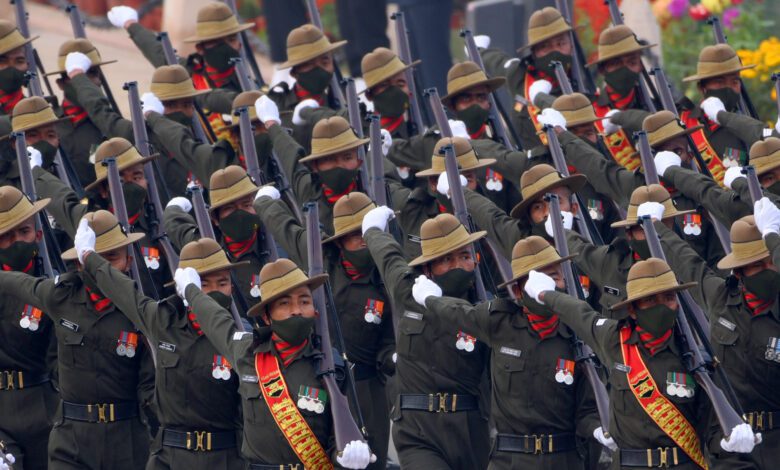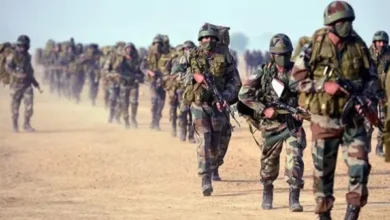Indian Army implements common uniform for the rank of Brigadier and above-ranked officers
The headgear, shoulder rank badges, gorget patches, belt and shoes of senior officers of flag rank (Brigadier and above) will now be standardised and common.

The Indian Army has decided to implement a common uniform for the rank of Brigadier and other above-ranked officers irrespective of the parent cadre and appointment. “The decision was taken after detailed deliberations during a recently concluded Army Commanders Conference and extensive consultations with all stakeholders,” army officials were quoted saying.
With the latest changes in the Indian Uniforms for Indian Army Brigadier and above, i.e. Major General, Lieutenant General and General rank officers, the elements on the uniform rank badges, gorget patches on collars, shoes and belts will now be common. This is contrary to the traditional practice where uniforms bore the signs of the regiments and the arms they belonged to.
Brigadier and above officers are those who have already commanded units/battalions and are mostly posted at headquarters/establishments where officers from all arms and services work and function together.
According to Army officials, “this step has been taken to strengthen and to promote the common identity and approach in service matters amongst senior leadership, beyond the boundaries of regimentation”. This will be implemented at the level of flag officers, i.e. officers above the rank of a Brigadier where most of the postings are at decision-making levels, where a close working equation is needed not just with officers from other arms within the Army, but even with officers from the other two sister services, namely Indian Air Force (IAF) and Indian Navy. This is a step towards the integration of all the three branches of Indian Army.
“A standard uniform will ensure a common identity for all senior-rank officers and reflect the true ethos of the Indian Army,” officials said. However, there is no change in the uniform worn by Colonels and below-ranked officers.



